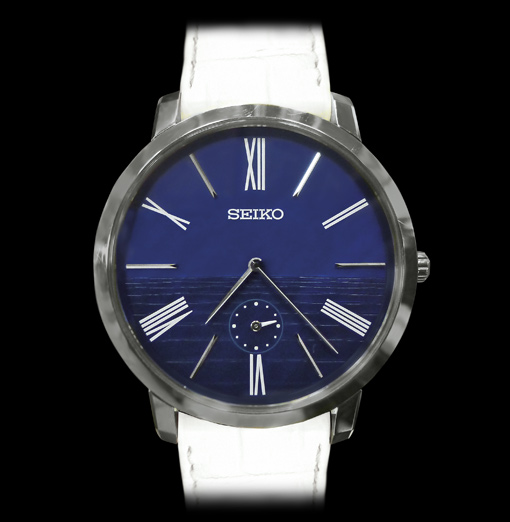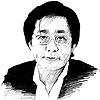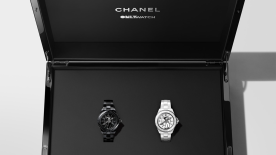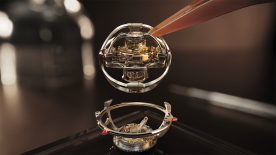Mention the brand “Seiko” to any watch collector and they’ll probably have at least a watch or two in mind produced by this Japanese company. After all, Seiko is one Japanese watch brand with a strong international audience.
What many will probably not know is that Seiko is a billion-dollar behemoth brand name and that revenue from its watch business accounted for only around 11% of the entire Group’s business (based on its 2013 financial results). The entire Seiko Group has a combined turnover of more than US$10 billion and its overall staff strength is in the region of 87,000. The diverse Seiko Group of companies have business activities in the design, manufacture and sale of electronic devices, watches and clocks, jewellery, computer peripherals, semiconductors, ophthalmic lenses and golf clubs, information technology-related equipment including the provision of sensing and industrial solutions.
Two of the Group’s companies, Seiko Holdings Corporation and Seiko Epson, are listed on the Tokyo Stock Exchange and both are components of the Nikkei indexes. What’s more, visitors to the main shopping district in Ginza, Tokyo, Japan will not miss an iconic landmark – the Ginza Wako department store which retails luxury goods. This famous store is also part of the Seiko Group.
Founded in 1881 by Kintaro Hattori (1860 to 1934), Seiko’s origins come from clocks. After arming himself with watch repair experience, the 18-year old Hattori began his clock repair service in 1877. It was in 1881 that he established “K. Hattori” to perform simple repairs and to sell clocks. K. Hattori is the predecessor of today’s Seiko Holdings Corporation. This was the company that made Japan’s first pocket watch with the “Time Keeper” brand on its dial in 1895 and Japan’s first wristwatch, the “Laurel” in 1913 which used components made in-house. The “Seiko” brand name was only imprinted on the dial of their wristwatches in 1924.
Perhaps the best-known Seiko watch in its history is the “Astron” of 1969 as it was the world’s first quartz wristwatch.
Even though Chinese watch manufacturers have made much progress over the past decade, Shinji Hattori, President and CEO, Seiko Holdings Corporation who is also the President and CEO of Seiko Watch Corporation, doesn’t believe they will pose a threat to Seiko. “We have a long history and we are backed by our in-house technology. We have a solid heritage. We have achieved many world firsts and these are the result of our innovations,” explains Shinji Hattori.
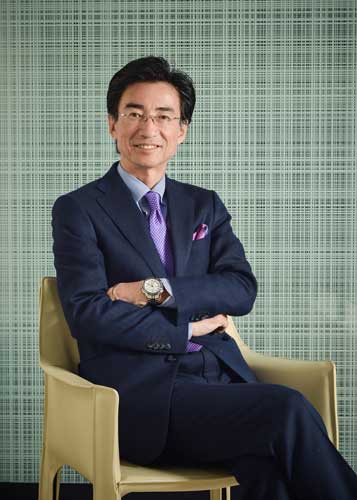
While Seiko watches are generally in the entry- to mid-priced segment, its Grand Seiko and Credor belong to the high watchmaking category and actually make good alternatives to Swiss-made watches, even to some of the best Swiss watch brands. This, in our opinion, is a result of the high quality standards of their wristwatches.
Interestingly, the Grand Seiko collection has mini complications like the power reserve, second time zone indications and even integrated chronographs but high complications like tourbillons and perpetual calendars are not featured. In 2015 for example, the key novelties for Grand Seiko are inspired by a 1967 model known as the 62GS: a highly similar re-edition model (examples being the SBGR094 in 18K rose gold and the SBGR95 in steel) and two modern interpretation versions: one housing a hi-beat calibre and the other the Spring Drive movement. The only mini-complication is the power reserve display found on the Grand Seiko Spring Drive model.
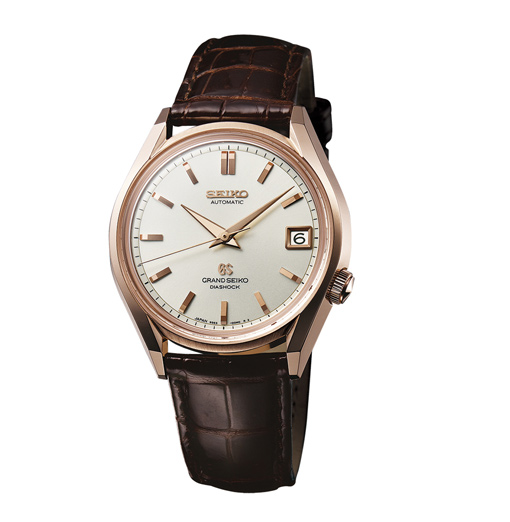
Can collectors therefore expect more sophisticated and higher complications in the Grand Seiko collection? “Grand Seiko is a unique collection and is unlike Swiss-branded timepieces. We are more focused on the essential functions of a watch; this refers to precision, legibility and beauty. Complications [especially high complications] are not the direction the Grand Seiko will be in. “In terms of precision, we are aggressively increasing our hi-beat movements and we will continue to improve and expand our collection. Total sales are in the double-digits for Grand Seiko,” says Shinji Hattori.
While the diverse Seiko Group has the in-house technology and financial muscle to produce silicium components, there are currently no plans to use this material for their watch escapements. From what we understand and were told, silicon is not used because it is fragile and the movement is incapacitated if it (silicon) is broken.
As to the future, Seiko is focusing and building on its core products and these include collections like the Astron GPS watch and its Prospex Marinemaster line. “The success we have will continue into the future. Seiko is building its own unique place [in the various segments it operates in],” adds Hattori, who was sporting a Seiko watch named after himself. Known as the “Shinji Hattori Limited Edition” to commemorate Seiko's 100 years of watchmaking , it features a two-tone blue dial which depicts the sea and the horizon. Powered by the ultra-thin Calibre 6898 typically housed in Credor watches, this model is limited to only 39 pieces and was offered only to very important and special clients. No prizes for correctly guessing the individual who was wearing serial number 39 of 39.
